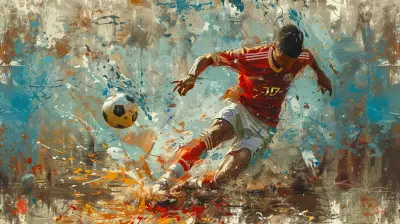The History of Surfing: From Ancient Polynesia to the X Games
10 November 2025
Surfing—just the word alone makes you think of rolling waves, salty air, golden beaches, and that chill vibe that’s as timeless as the ocean itself. But where did it all start? Believe it or not, surfing has been around a lot longer than wetsuits, fiberglass boards, or even the first Beach Boys record. The history of surfing is a wild wave ride that starts all the way back in ancient Polynesia and crashes into modern-day events like the X Games.
In this article, we’re going to paddle out into the past, ride the wave through centuries of culture, style, innovation, and rebellion, and carve our way to the present, where surfing has become more than just a sport—it’s a way of life.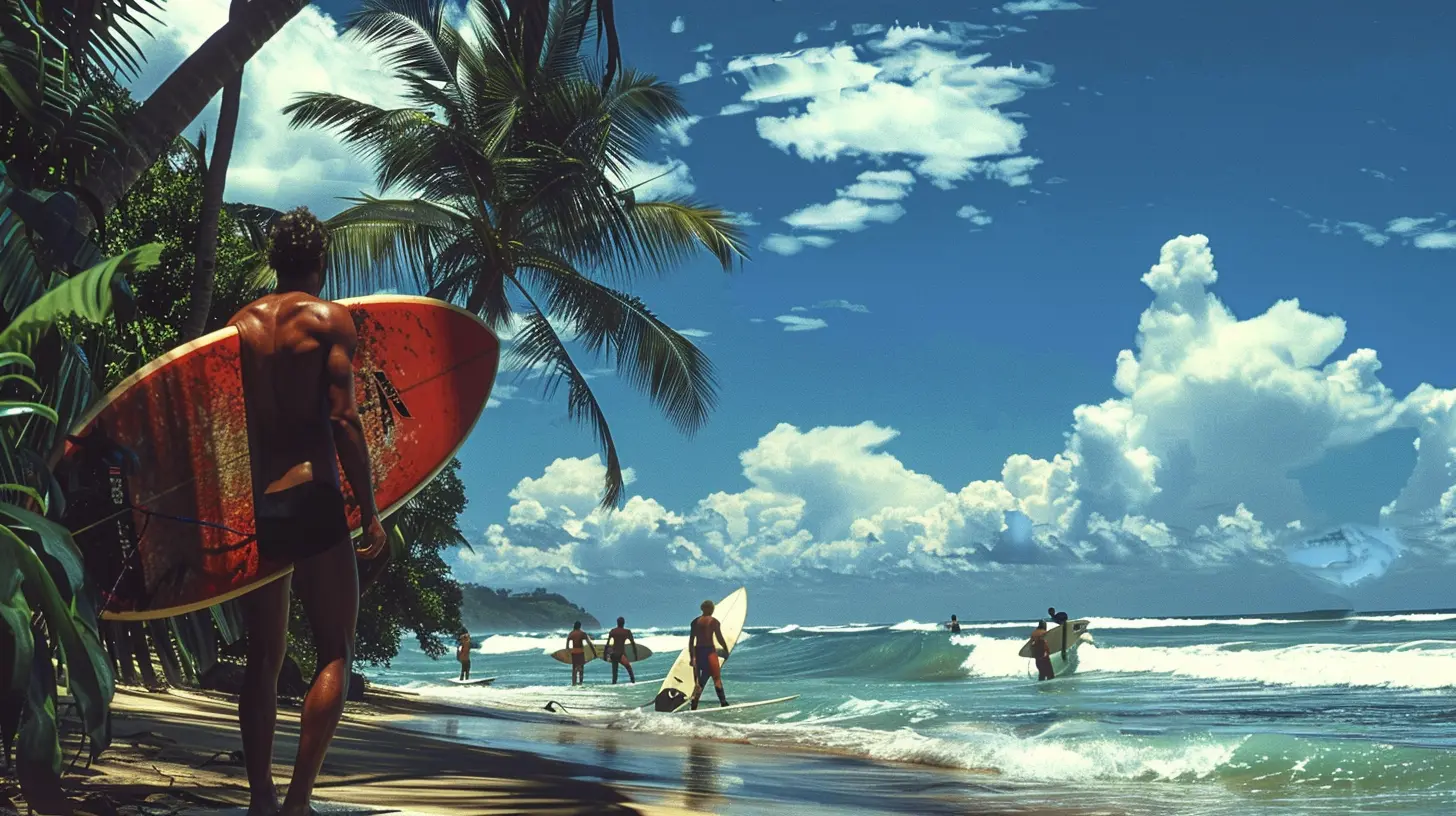
Ancient Polynesia: The Birthplace of Surfing
Let’s rewind the clock by a few thousand years.Long before it was cool, surfing was already a deeply spiritual and cultural practice in Polynesia, especially in places like Tahiti and Hawaii. It wasn’t just a fun beach activity; surfing—known as "he'e nalu" in Hawaiian—was a sacred ritual, a way to connect with the ocean, and a way to show off both physical skill and social standing.
Here’s the kicker: Chiefs and nobles surfed the longest and best boards, while commoners had to settle for smaller, simpler ones. Kind of like driving a luxury car versus a beat-up hatchback, right?
The boards themselves were carved from koa and other native woods. No leashes, no wax, no fins—just pure, raw talent and a deep connection with nature.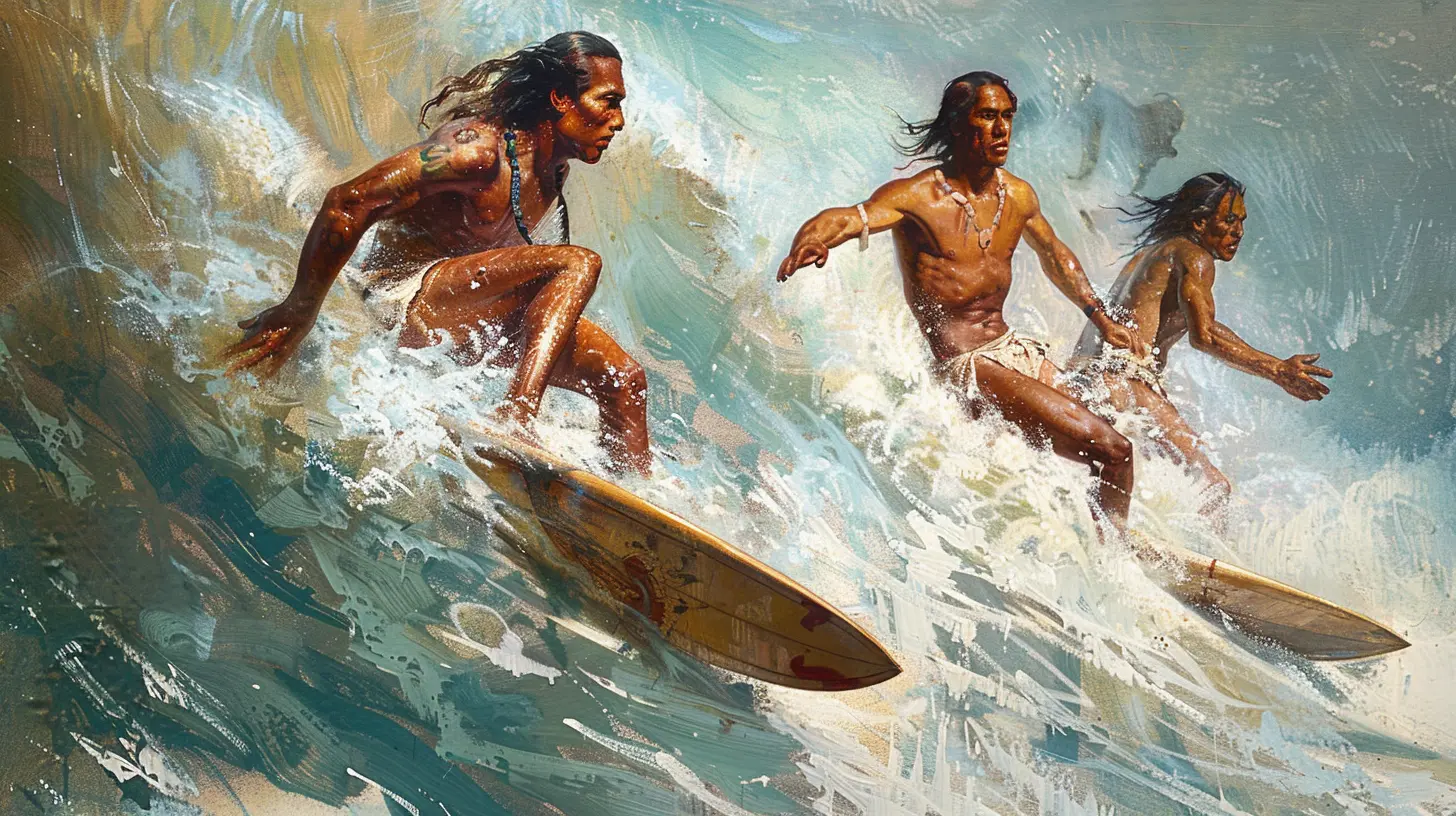
The Suppression of Surfing: Enter Western Influence
Everything took a sharp turn in the 18th and 19th centuries when Western explorers and missionaries arrived in Hawaii. While they brought new technologies and tools, they also brought a pretty strict set of moral codes—ones that clashed hard with the free-spirited lifestyle of native Hawaiians.Surfing, dance, and other native practices were seen as pagan or inappropriate, and within a few decades, the once-proud tradition of surfing almost disappeared. Imagine having your national sport outlawed just because it didn’t fit someone else’s playbook. Pretty rough, right?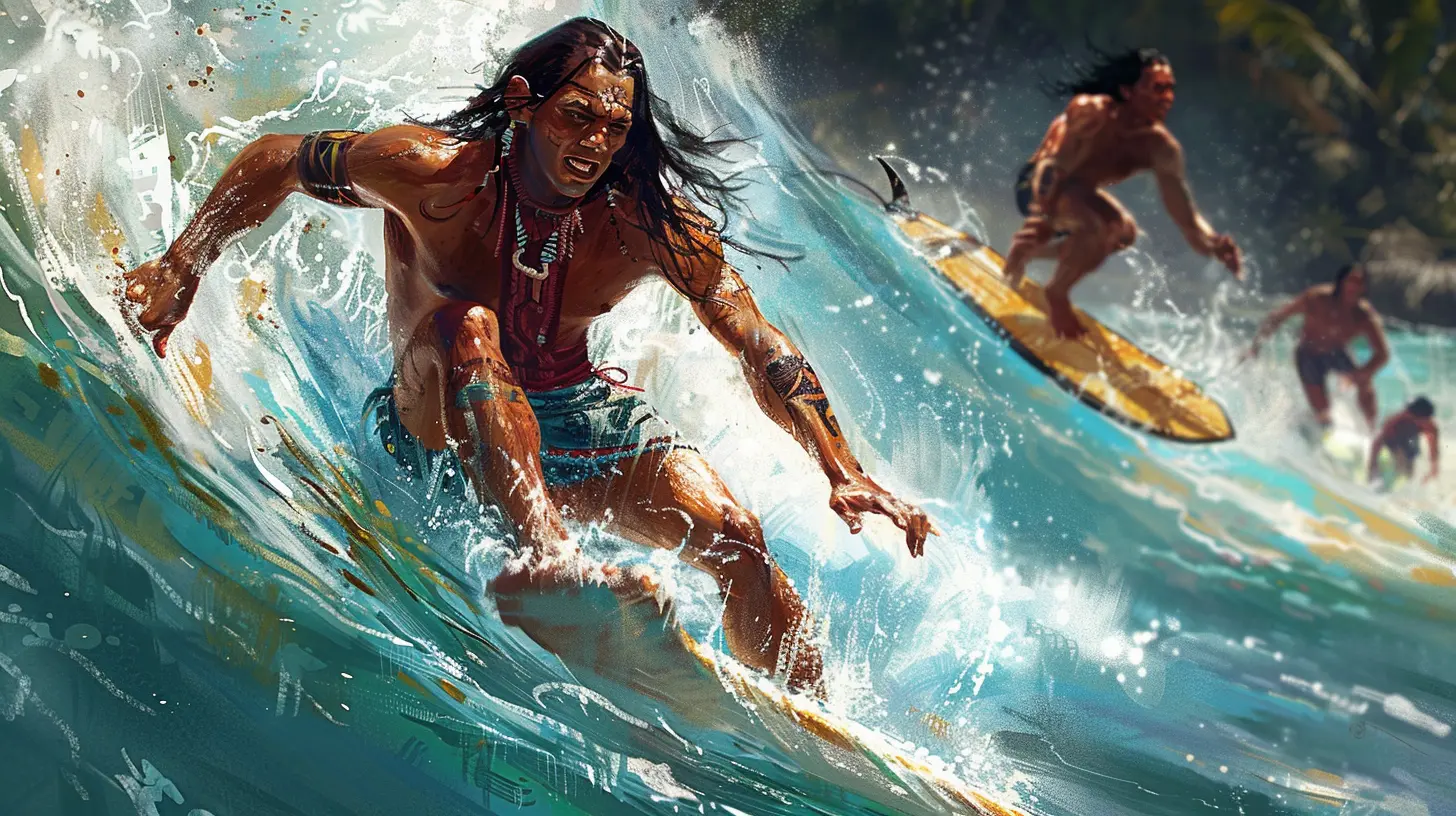
The Revival: Duke Kahanamoku and the Surf Renascence
Thankfully, surfing didn’t stay down for long. Around the early 20th century, a Hawaiian named Duke Kahanamoku helped put surfing back in the spotlight.Duke wasn’t just a surfer—he was a five-time Olympic medalist in swimming and a full-on ambassador of Hawaiian culture. He traveled the world showing off both his supreme water skills and the art of wave riding. From the U.S. mainland to Australia, Duke was like the rockstar of the oceans, bringing a long-forgotten tradition back to life.
Thanks to Duke, surfing spread like wildfire. His charm, skill, and humility helped people see surfing not just as a sport, but as something soulful and meaningful.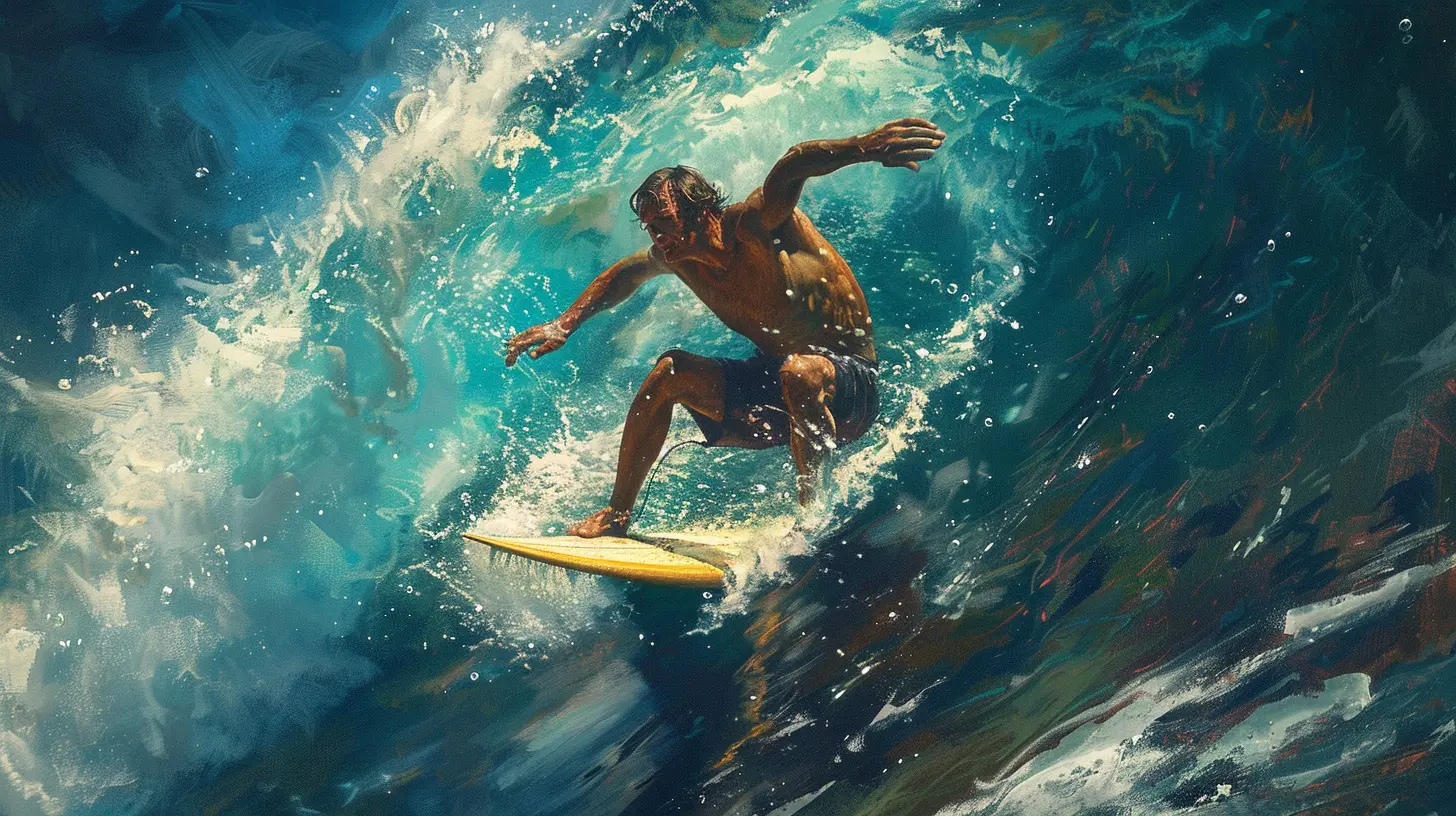
The 1950s and 60s: Surf Culture Goes Mainstream
Picture this: California beaches, wood-paneled station wagons, the smell of sunblock and surf wax in the air.By the 1950s and 60s, surfing had truly arrived in pop culture. Places like Malibu became the meccas of modern surfing. Surfboard design evolved fast—balsa wood gave way to lightweight fiberglass, and boards became shorter, faster, and easier to maneuver.
Then came the movies and music.
Movies like "Gidget" (1959) and bands like The Beach Boys made surfing look like the ultimate dream lifestyle. Endless summer days, good vibes, and killer waves—it was the American dream, drenched in saltwater.
Surfing wasn’t just about riding waves anymore. It was a fashion statement, a way of thinking, almost a philosophy. Suddenly, everyone wanted to be part of the surf tribe.
The Rise of Competitive Surfing
As the decades rolled on, surfers began competing seriously. What started as casual beach contests turned into a full-blown competitive circuit.In the 1970s and 80s, legendary surfers like Mark Richards, Tom Curren, and Lisa Andersen pushed the boundaries of performance while raising the bar in pro surfing. Surfing was getting fast, aggressive, and technical. The sport was no longer just about style—it was about who could take the steepest drop, the deepest barrel, or pull off the wildest air.
By the time the 1990s came around, the Association of Surfing Professionals (now the World Surf League) was hosting global circuits, and surfing stars were being born.
The Counterculture and Surf Rebels
Here’s the thing—surfing has always had a wild side, too.For every polished pro surfer, there were dozens who saw surfing as an escape from the grind of modern life. They weren’t in it for the trophies or the fame—they were in it for the purity. Think soul surfers, punks, hippies, and dropouts who lived out of vans and chased swells like modern-day nomads.
This side of surf culture gave the sport its “bad boy” edge. It’s what made surfing more than just another sport—it became a statement of freedom, rebellion, and non-conformity.
Women in Surfing: Breaking Barriers
Let’s give a shoutout where it’s due—women have been surfing since the very beginning, but for decades they were sidelined or underrepresented.But not anymore.
Pioneers like Rell Sunn, Lisa Andersen, and more recently Carissa Moore and Stephanie Gilmore have shattered glass ceilings (and waves). Women's surfing has exploded, and female surfers are now getting the spotlight and respect they’ve always deserved.
And let’s be real: watching women charge massive waves at Pipeline or Teahupo'o is nothing short of heroic. It’s proof that surfing is for everyone—no exceptions.
The Tech Wave: Surfboards, Wetsuits, and GoPros
Surfing isn’t just about nature and instinct anymore—technology has crept in, and it’s changed the game.Surfboards now come in all shapes and materials—from epoxy to carbon fiber. Wetsuits are warmer, lighter, and more flexible. You’ve got surf apps that tell you wave height down to the inch. And then there’s the rise of surf photography and video—yeah, we’re looking at you, GoPro.
This tech boom has opened up the sport. More people are learning faster, surfing longer, and pushing personal boundaries. It’s like having a wave-whispering coach in your back pocket.
Surfing Hits the X Games and the Olympics
Now, here's where the story gets really wild.In 2003, surfing made its debut at the X Games as part of the X Games Global Championship. It was the perfect fit—extreme waves, high-flying tricks, and that all-or-nothing mentality. Surfing had officially joined the world of extreme sports, rubbing shoulders with skateboarding, BMX, and snowboarding.
Fast-forward to 2021, and surfing made its first Olympic appearance at the Tokyo Summer Games. That’s right—what once was a sacred practice in Polynesia became an Olympic event on the world’s biggest stage.
Honestly, it’s poetic.
Environmental Advocacy and the Soul of Surfing
One of the most beautiful things about surfing is its connection to nature. Surfers aren’t just athletes—they’re ocean stewards.As the oceans face rising threats—pollution, overfishing, climate change—the surf community has stepped up. Groups like Surfrider Foundation, Save the Waves, and countless grassroots projects around the world are fighting to keep our coastlines clean and accessible.
Because at the end of the day, surfing isn’t about medals or money. It’s about that moment when man meets wave, when everything else fades away except the roar of the ocean.
Surfing Today: A Global Phenomenon
Today, surfing isn’t just a Hawaiian or Californian thing—it’s a global language.You’ll find surfers in Norway, riding waves under the Northern Lights. In Brazil, where groms grow up to become world champs. In Indonesia, where reef breaks draw wave hunters from every corner of the earth.
Surf schools are popping up in Morocco. Surf yoga retreats in Costa Rica. Kids in Ghana are riding handmade boards and dreaming big.
Surfing belongs to the world now. And that’s a beautiful thing.
Final Thoughts: From Ancient Roots to Modern Glory
So there you have it. The history of surfing is just as epic as any wave you'll find at Sunset Beach or Mavericks. From the sacred shores of Polynesia to the adrenaline-driven energy of the X Games, surfing has evolved, adapted, and thrived.It’s more than a sport. It’s an art, a mindset, and a love affair with the sea.
So next time you paddle out, remember—you’re not just catching a wave. You’re riding thousands of years of history.
Now go surf your heart out.
all images in this post were generated using AI tools
Category:
Sports HistoryAuthor:

Nelson Bryant
Discussion
rate this article
1 comments
Jocelyn Wallace
Great read! Surfing’s evolution is inspiring!
November 15, 2025 at 12:34 PM
